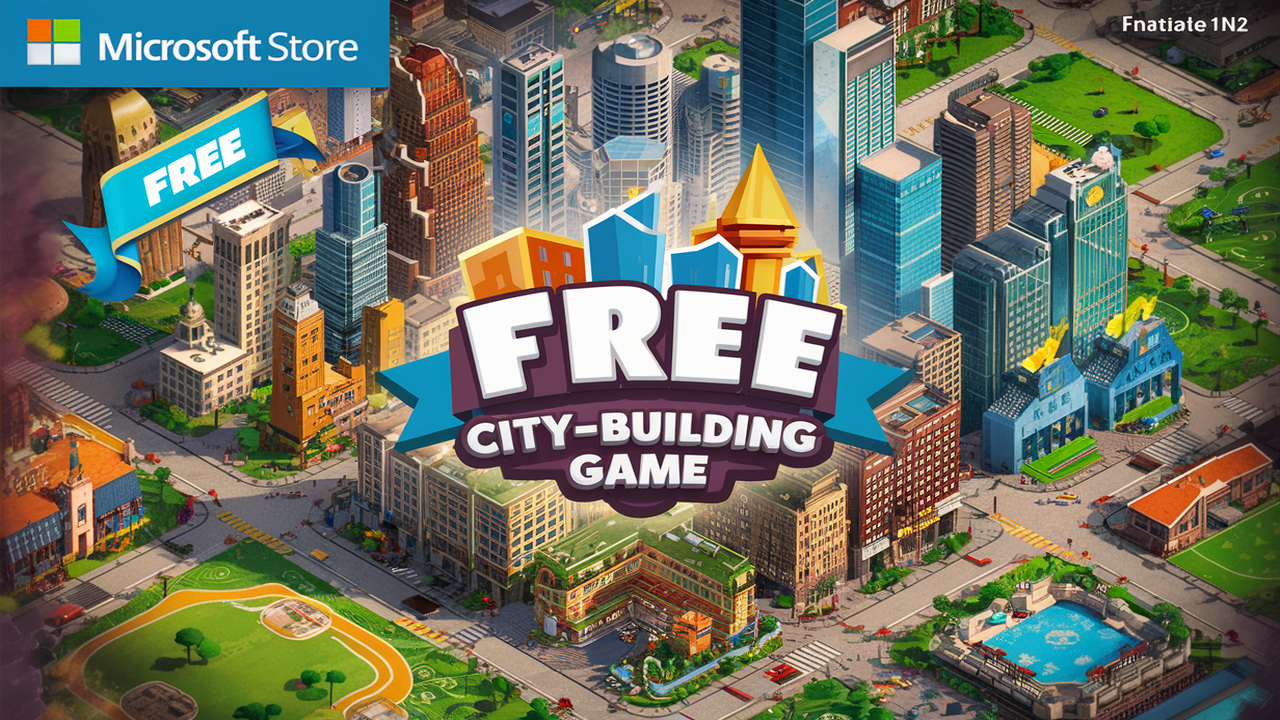Creating a video game is an exciting and rewarding experience, but it requires careful planning, technical skills, and creativity. Whether you’re a beginner or have some experience in game development, this guide will walk you through the process of making your own video game from start to finish.
1. Conceptualizing Your Game Idea
Before diving into the technical side of game development, you need a solid game idea. Ask yourself the following questions:
- What genre will your game be (e.g., action, adventure, RPG)?
- Who is your target audience?
- What platform(s) will you develop for (e.g., PC, console, mobile)?
- What’s the core gameplay mechanic?
Tip: Keep your idea simple if this is your first game. Start with a basic concept that’s easy to execute but still fun to play.
2. Creating a Game Design Document (GDD)
A Game Design Document (GDD) is a blueprint that outlines every aspect of your game. It helps organize your thoughts and keeps the project on track. Your GDD should include:
- Story and Characters: If your game has a narrative, describe the plot and character details.
- Gameplay Mechanics: Explain how players will interact with the game. What actions can they take? What are the rules?
- Level Design: Sketch out a rough idea of the game’s levels or stages.
- Art Style: Determine the visual style of the game (pixel art, 3D models, cartoonish, realistic).
- Sound and Music: Decide what kind of sound effects and music your game will feature.
3. Choosing the Right Game Engine
A game engine is the software that helps you bring your game to life by providing tools for rendering graphics, processing inputs, and simulating physics. Here are some popular game engines:
- Unity: A versatile engine with 2D and 3D capabilities. It’s beginner-friendly and widely used in the industry.
- Unreal Engine: Known for its stunning graphics, Unreal is more advanced and great for larger, 3D games.
- Godot: A free and open-source engine that’s beginner-friendly, especially for 2D games.
Choose the engine that best fits your skill level and the type of game you want to create.
4. Learning Programming Languages
Most game engines require some programming knowledge. The languages you’ll need depend on the engine you choose:
- C# for Unity
- C++ for Unreal Engine
- GDScript (similar to Python) for Godot
If you’re new to coding, start with tutorials specific to your chosen engine. There are plenty of online resources, including official documentation and community forums, that can help you learn.
5. Designing Your Game’s Assets
Game assets include characters, environments, and sound effects. You can create these assets yourself or hire freelancers to do it. Here are some asset categories:
- 2D or 3D Art: Use software like Adobe Photoshop or Blender to create the visual elements of your game.
- Animations: Characters and objects will need to move. Tools like Spine (for 2D) or Maya (for 3D) can help with animations.
- Sound Effects and Music: You can create your own using software like Audacity, or find royalty-free sound libraries online.
6. Programming Your Game
Now that you have your design and assets ready, it’s time to start coding. This involves:
- Gameplay Logic: Code how your characters interact with the game world, respond to player inputs, and navigate through levels.
- Physics and Collision Detection: Implement rules for how objects interact with each other, like detecting when a character jumps or hits an obstacle.
- User Interface (UI): Create menus, health bars, and other elements that the player will interact with.
Test each component as you go to make sure everything works as expected.
7. Testing and Debugging
Once your Video game is functional, you need to test it thoroughly. Play through each level, check for bugs, and make sure the game behaves as intended. It’s helpful to have friends or a small group of testers try your game and provide feedback. Address any issues that arise, whether they’re related to gameplay, graphics, or performance.
8. Polishing and Adding Final Touches
This stage is all about refining your game and ensuring a smooth user experience. Improve your game’s performance by optimizing assets and code. Polish the visuals, improve animations, and adjust the difficulty curve if needed. Finally, create a captivating main menu and add any final touches to make the game look professional.
9. Releasing and Marketing Your Game
After finishing development, you need to release your game. Consider the following platforms:
- Steam: The most popular platform for PC games.
- Google Play and App Store: For mobile games.
- Itch.io: A great platform for indie developers.
To gain visibility, market your game through social media, gaming forums, and YouTube. Build a community around your game and keep players engaged by offering updates or downloadable content (DLC).
Conclusion
Making a video game can be challenging, but with careful planning and dedication, anyone can create a fun and engaging experience. Whether you’re designing your first indie game or building a complex project, this guide provides a roadmap to help you achieve your goal. Start small, keep learning, and most importantly—enjoy the process of game creation!










